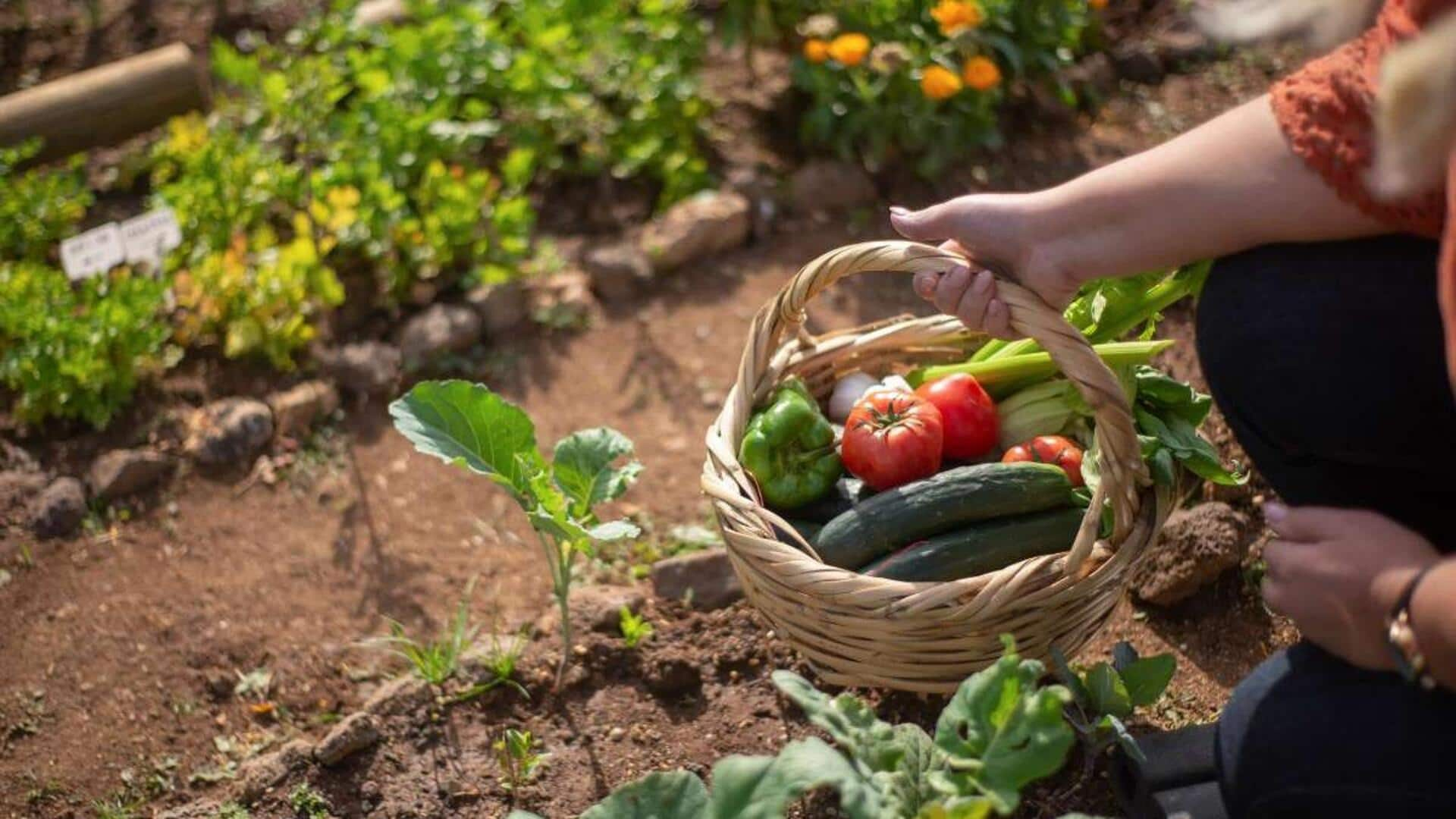
How to grow vegetables on a budget
What's the story
Creating a budget-friendly balcony vegetable garden can be a rewarding way to enjoy fresh produce while saving money. With limited space and resources, many urban dwellers are turning to balcony gardening as an efficient solution. This article provides practical tips on how to set up and maintain a vegetable garden on your balcony without breaking the bank. From choosing the right containers to selecting cost-effective plants, these insights aim to help you cultivate your own green oasis at home.
Tip 1
Choosing cost-effective containers
Selecting the right containers is key to an affordable balcony garden. Recycled materials such as old buckets, plastic bottles, and tin cans can serve as great planters. They are inexpensive or even free if you already have them lying around at home. Ensure that these containers have proper drainage holes to prevent waterlogging. This way, you can save money and still have an effective gardening setup.
Tip 2
Opting for easy-to-grow vegetables
When starting out, it's best to pick vegetables that are easy to grow and maintain. Leafy greens like lettuce and spinach, or root vegetables like radishes, are great options as they grow quickly and need little care. These plants are also less prone to pests and diseases, which means fewer costs on treatments. By picking these vegetables, you can ensure a successful harvest without spending too much.
Tip 3
Utilizing vertical space efficiently
Maximizing vertical space is key for small balconies. Use wall-mounted planters or hanging baskets to grow more plants in a limited area. Vertical gardening not only saves space but also adds an aesthetic appeal to your balcony. This way, you can grow a variety of vegetables without having to invest in expensive equipment or expanding your balcony's footprint.
Tip 4
Implementing DIY irrigation systems
A simple DIY irrigation system can save you time and money by automating watering schedules. Use recycled plastic bottles with small holes as drip irrigation systems for individual plants or create a gravity-fed system using larger containers filled with water connected by tubes. This method ensures consistent moisture levels while minimizing water wastage and reducing the need for costly irrigation products.
Tip 5
Composting kitchen scraps
Composting kitchen scraps is an inexpensive way to enrich soil quality naturally. Collect vegetable peels, fruit cores, coffee grounds, and other organic waste in a small bin or container on your balcony. Over time, these materials decompose into nutrient-rich compost that enhances plant growth without the need for chemical fertilizers, which can be costly over time.